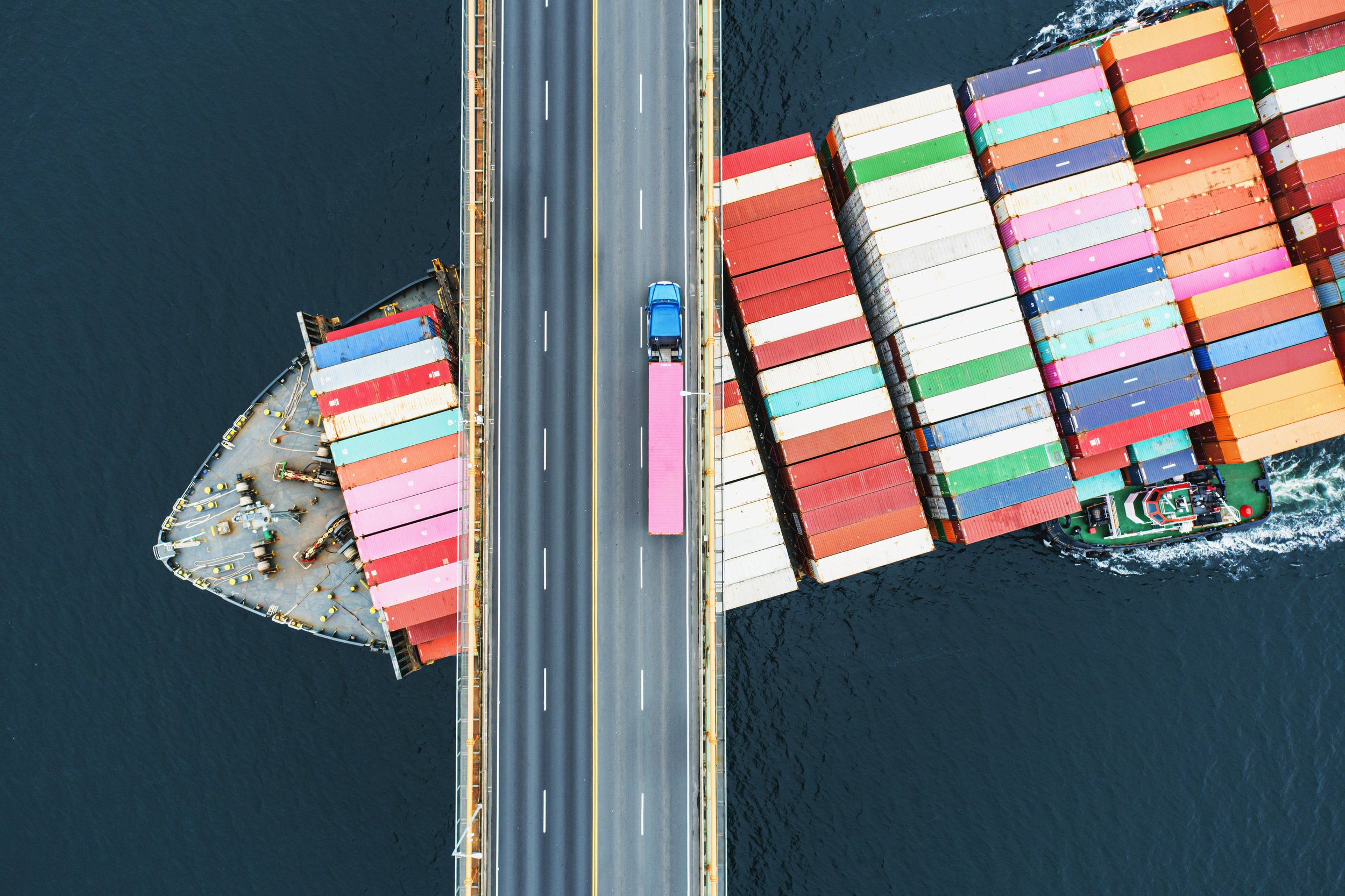Decarbonizing the Transportation Sector
Electricity generation and transportation are the two primary emitters of greenhouse gases (GHG) worldwide. The transportation sector is the largest source of GHG emissions in the United States as it produces approximately 27% of all GHG emissions. Globally, transport’s share of the pie is slightly less, coming in around 20% of total GHG emissions.
The EPA breakdown shows that road travel accounts for 83% of all transport emissions in the U.S., with most coming from passenger vehicles such as cars and buses and the remainder coming from medium- and heavy-duty trucks. The other 17% comes from aviation, rail, shipping and material transport (e.g., water, oil and gas via pipelines) combined.
Why are we just beginning to tackle the transportation sector?
“The challenge is that the sector has been historically difficult to abate, which is compounded by an ever-increasing demand for goods moved across the supply chain,” I said on Advancements, and added, “while many renewable technologies have been around for decades, the ability to scale those technologies and bring them to market was restricted by relative costs, infrastructure limitations and regulatory hurdles. The good news is that many of those technologies are becoming more commercially viable.”
The government is now focused on supporting those technologies and reducing emissions in the transportation sector. It has been deploying new strategies which will reap significant climate and public health benefits. As I discussed on Advancements, “The Environmental Protection Agency recently promulgated muchstricter emissions standards for heavy duty vehicles and fleets pursuant to its Clean Trucks Plan and the White House just released its National Blueprint for Transportation Decarbonization. The Blueprint calls for collaboration between EPA and the U.S. Departments of Energy, Transportation and Housing & Urban Development to drastically reduce transport emissions by 2030 and transition to a net-zero economy by 2050.” We’re also seeing states such as California, the world’s fifth largest economy, get ahead of further federal action with new regs to phase out new gas-powered cars and to require half of all heavy trucks sold to be electric by 2035.
We’ll need continued regulatory and policy change, tech advancements and market adoption to decarbonize the sector. Decarbonization pathways for passenger vehicles and road freight are mission critical. The IEA forecasts that electrification — and hydrogen technologies — could achieve decarbonization within decades. To accelerate that shift, we must also modernize transportation infrastructure and systems and accelerate investment in renewables.

